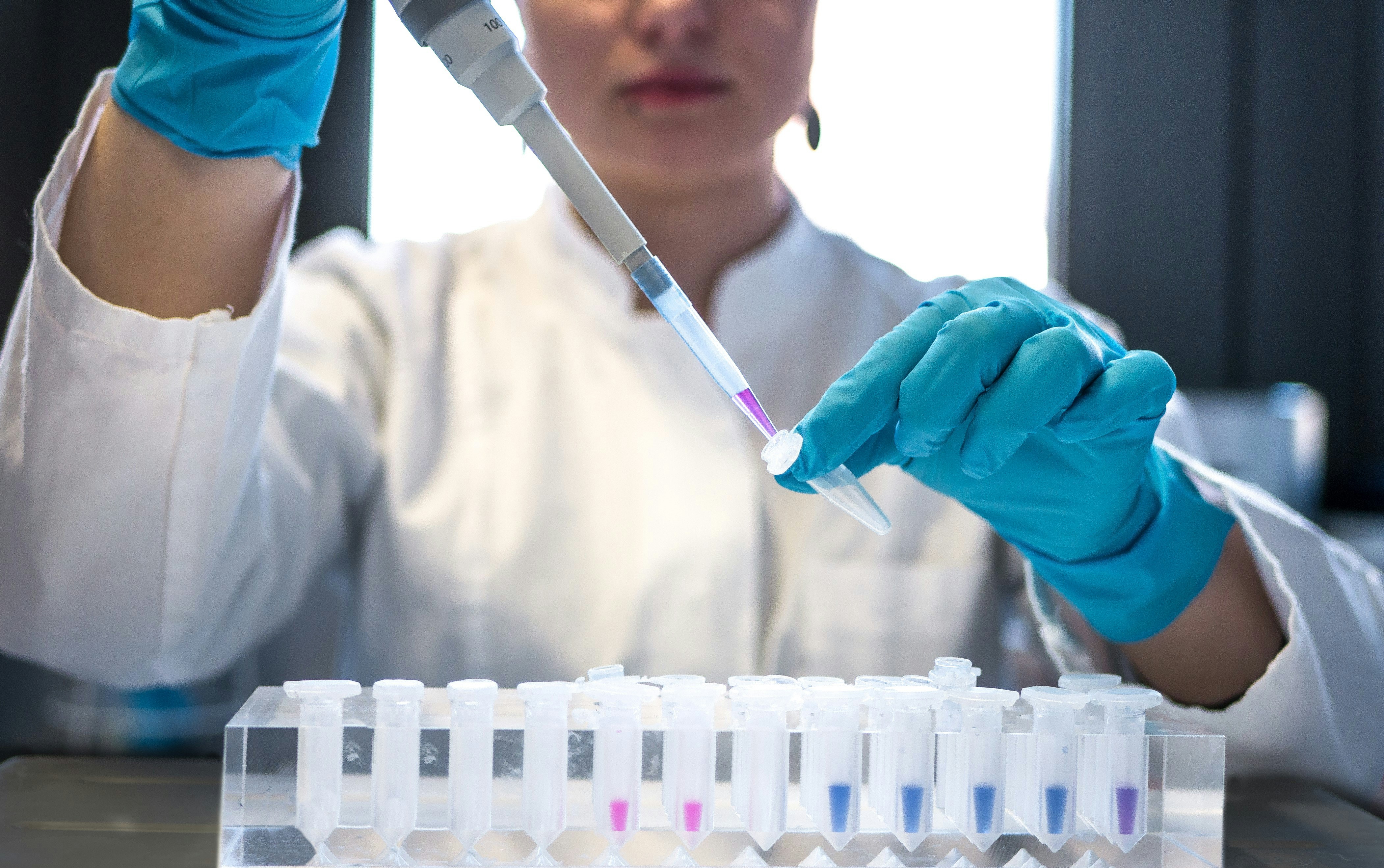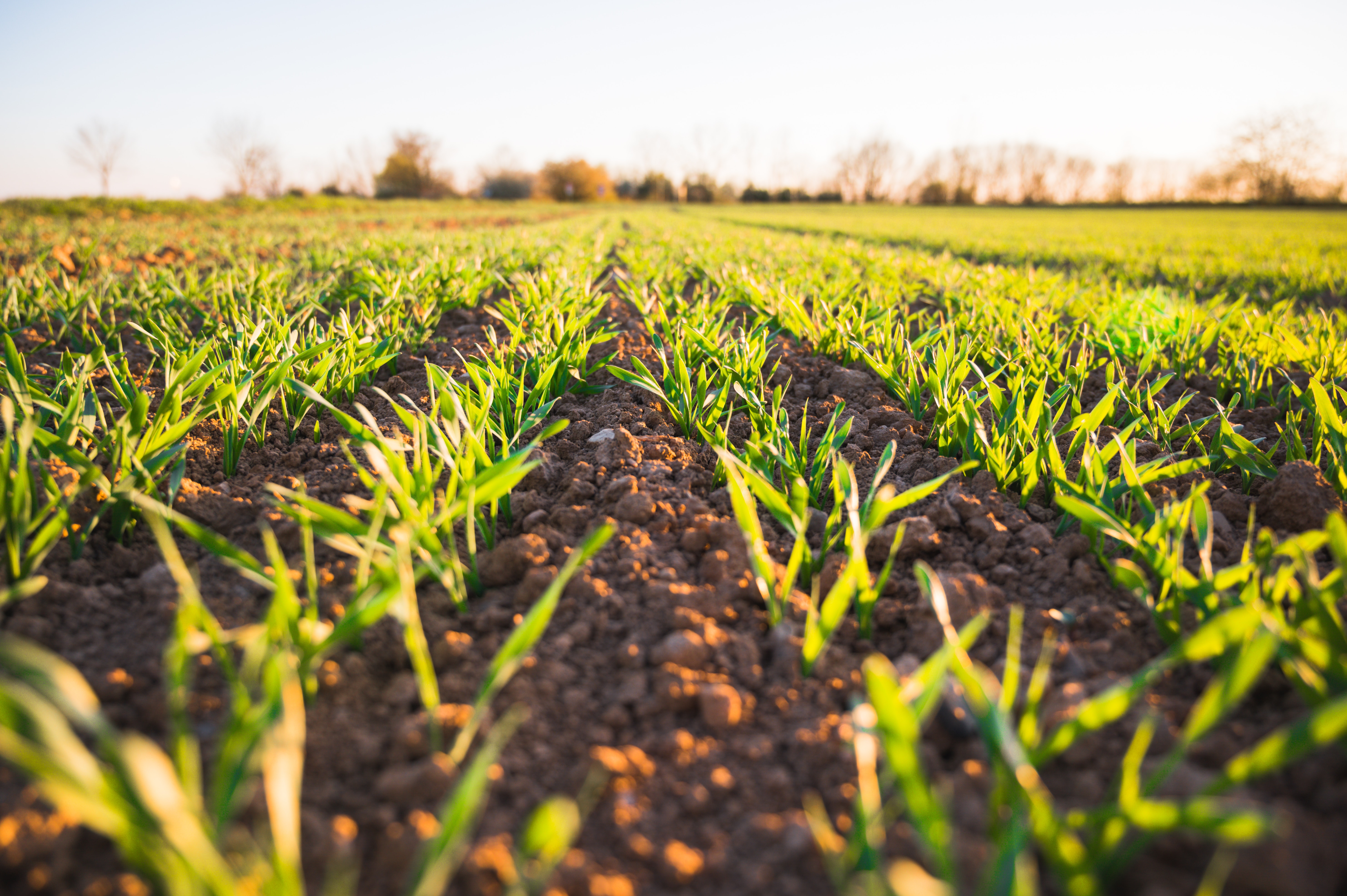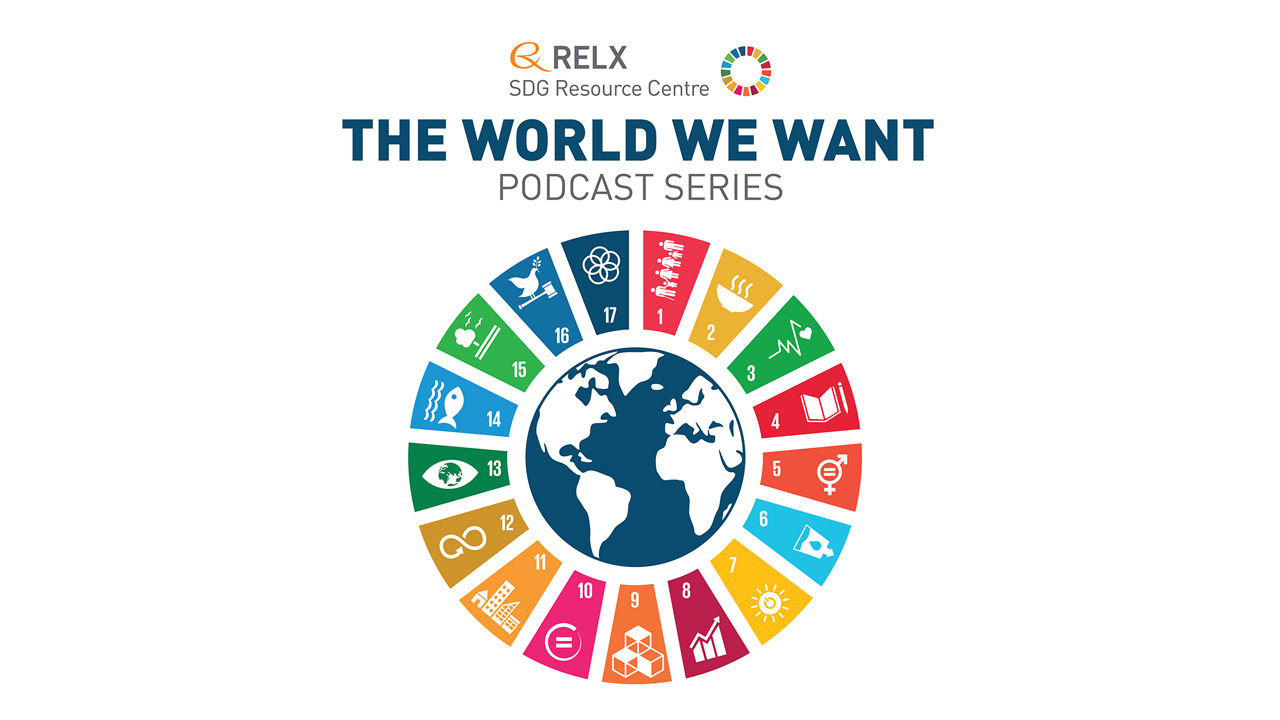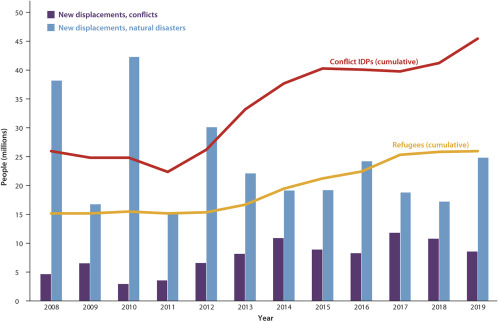Climate adaptation is not merely a buzzword but an essential strategy to deal with the direct and indirect impacts of climate change. As the world grapples with increasingly erratic weather patterns, rising sea levels, prolonged droughts, and frequent natural disasters, it becomes imperative to shift focus from merely mitigating climate change to adapting to its inevitable effects. At the core of this adaptation strategy lies the understanding that while efforts to reduce greenhouse gas emissions are critical, there's also a pressing need to develop robust mechanisms that can help societies, especially the vulnerable ones, cope with the changing environment. This is where the Sustainable Development Goals (SDGs) come into the picture. Adopted by all United Nations Member States in 2015, the 17 SDGs provide a shared blueprint for peace and prosperity for people and the planet. While each goal has its unique significance, they are interlinked and complementary, making them a holistic approach to tackling the world's most pressing challenges, including climate change. Climate adaptation is closely intertwined with several of these goals.
First and foremost, SDG 13 calls for "urgent action to combat climate change and its impacts." While the goal emphasizes the importance of strengthening resilience and adaptive capacity, it also underscores the role of national planning and strategies in integrating climate change measures into country policies. This direct call to action makes climate adaptation a central component of the SDG framework.
Moreover, when we dive deeper into other SDGs, the interrelation becomes even more evident. For instance, SDG 2, which aims at ending hunger and improving food security, is closely tied to climate adaptation. With changing rainfall patterns and increasing temperatures, traditional farming methods might no longer be viable. Adapting to these changes, through practices like crop diversification, using drought-resistant varieties, or adopting modern farming technologies, becomes crucial. Similarly, SDG 6, focusing on clean water and sanitation, requires adaptation strategies to ensure sustainable water management, especially in regions facing acute water scarcity due to climate change.
Another salient example is SDG 11, which strives to make cities and human settlements inclusive, safe, resilient, and sustainable. As urban areas continue to grow, they become hotspots for climate vulnerabilities, especially in coastal cities threatened by rising sea levels. Urban planning and infrastructure development, thus, need to incorporate climate adaptation strategies to protect the inhabitants and ensure sustainability.
Furthermore, SDG 1 and SDG 3, which emphasize eradicating poverty and ensuring well-being respectively, are intrinsically linked to adaptation. Climate change disproportionately affects the poor, making them more susceptible to climate-induced risks. Hence, adaptation strategies that protect livelihoods and ensure access to essential resources like healthcare play a pivotal role in achieving these goals.
International Day of Combating Sand and Dust Storms 2026
The International Day of Combating Sand and Dust Storms is observed each year on 12 July. Proclaimed by the United Nations General Assembly through resolution A/RES/77/294, this day raises attention to the widespread impact of sand and dust storms on health, agriculture, economies, and ecosystems. It urges governments, institutions, and communities to work together to prevent harm, manage risks, and support affected regions.
The Elsevier Foundation Chemistry for Climate Action Challenge is a collaboration between the Elsevier Foundation, a non-profit focused on inclusive research and health funded by Elsevier and Elsevier's Chemistry journals. The Challenge represents a commitment from Elsevier to uncover practical, scalable solutions to specific issues caused by climate change in global South communities thereby advancing both Climate Action (SDG13) and Gender Equity (SDG5).
World Soil Day 2026
Soil, often overlooked, is one of nature's most incredible assets. A single handful contains more microorganisms than there are humans on Earth. This diverse ecosystem under our feet supports life in myriad ways, from growing the food we eat to acting as a natural filtration system. World Soil Day, observed every December 5th, is a global call to recognize the indispensable role of soil in our lives and the urgent need to protect it.
The Indispensable Role of Soil
Climate change is reshaping the comparative advantage of regions and hence driving migration flows, principally toward urban areas. Migration has multiple benefits and costs in both origin and destination regions. Coordinated policies that recognize how and why people move can reduce future costs and facilitate adaptation to climate change both within borders and internationally.







